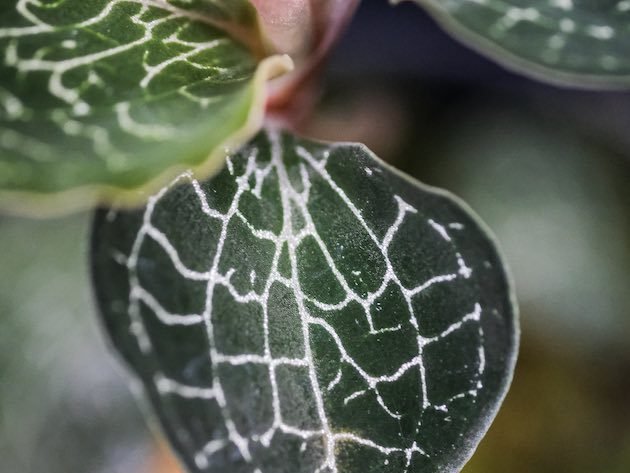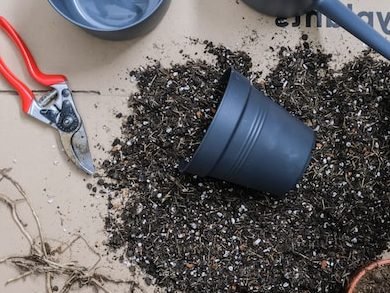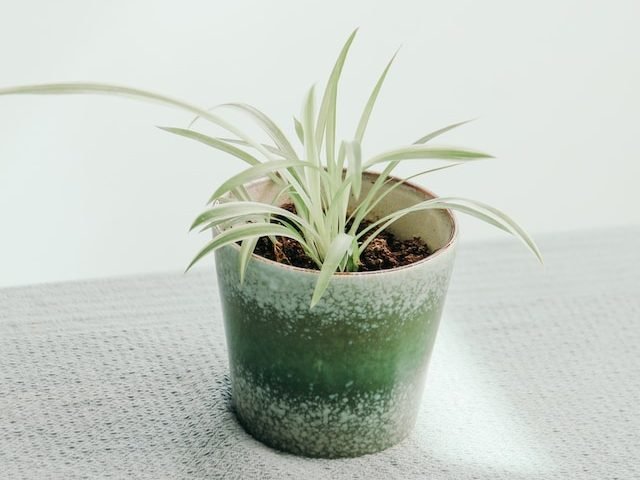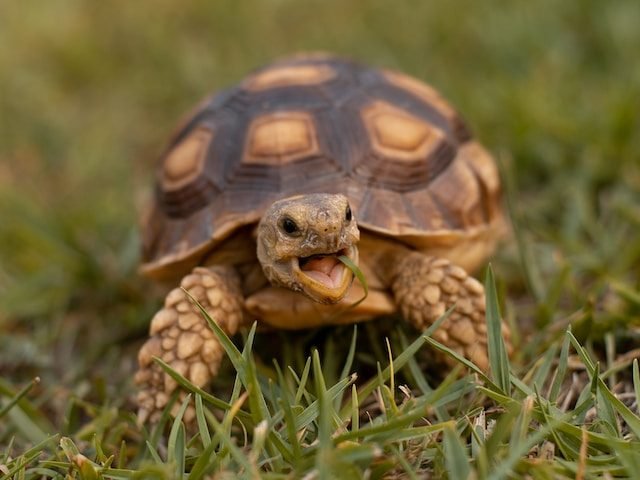
We have a love-hate relationship with Jewel Orchids because although they have incredible veined leaves, they can be a little fussy to care for and are quite particular about their environment. This can mean they can start dying pretty quickly if something is wrong.
Whether your issue is brown leaves, leaf loss, stagnant growth or a wilting plant, we’ve got you covered. In this article, we will go through each of the main reasons why your Jewel Orchid might be dying, alongside tips to diagnose it and how to go about treating the problem effectively.
Your Jewel Orchid might be getting too much sunlight
We would all love to think that the more sunlight your plant gets the better but this isn’t accurate. In the case of the Jewel Orchid, they are actually very sensitive to bright areas and prefer a medium light level.
If your plant is receiving any direct light can actually scorch the leaves. This is especially common in summer when the sun is a lot stronger and is out for most of the day. During winter, your plant can often deal with some bright light as the sun is weaker but it’s best to steer clear of any direct sun with these plants.
To solve the issue and revive your dying Jewel Orchid, move your plant to a spot in your home that doesn’t get any direct sunlight and your plant should start to recover. Unfortunately, once the leaves become scorched (this shows up as yellow or brown patches) there is no going back. We recommend trimming the worst affected leaves off so your plant can focus on growing new healthy leaves. Often when you leave on dying leaves, it can actually suck up a lot of your plant’s energy trying to keep them alive so it’s best to cut them off.
A dying Jewel Orchid can suggest underwatering
Although it won’t die on you suddenly if you forget to water it every once in a while, or make it go a little longer without water whilst you are on holiday, consistent underwatering will start to have an impact on your Jewel Orchid’s health.
These plants love some moisture in the soil so we recommend a little but often watering approach to ensure the soil doesn’t fully dry out but also doesn’t become waterlogged.
Some symptoms of underwatering include dry brown leaves, curling leaves, brown leaf tips, drooping stems and stagnant growth.
Before you start changing how much you water your plant, you need to confirm the issue. Adjusting watering habits can be a big change so you want to make sure this is the right thing for your plant.
You can measure the soil moisture in one of many ways. We quite like the chopstick method, the lifting method or using a moisture meter. You may also choose to remove your plant from its pot so that you can check the roots. If the issue has progressed quite far it’ll mean the roots have started to become crispy. This can mean the issue is just a little harder to solve and it might take a while to fully revive your dying Jewel Orchid.
Overwatering could also be to blame
As we mentioned above, Jewel Orchids like moist soil and don’t like it to dry out too much. However, this doesn’t mean that they won’t struggle with overwatering rotting the roots and causing havoc with your plant’s health, causing it to start dying.
If you are either giving your plant too much water every time or you are watering too frequently and not letting the potting mix have any chance of drying out, it can lead to root rot. This can mean your plant will lose leaves and becomes droopy and soft.
To figure out if overwatering is the reason your Jewel Orchid is dying, check the moisture levels in the soil immediately. If the soil is quite waterlogged and clumpy then replace it with fresh dry mix which will allow the plant to start to recover. Trim away the rotten roots (and any yellow soft leaves) and hold off on watering as much as you did before.
Exposure to cold temperatures can kill your Jewel Orchid
Much like light and water, it is a real balancing act to get the right temperature for your Jewel Orchid. They will struggle and start dying in both really cold temperatures and hot environments.
The best thing to do is monitor the temperature with a thermometer to make sure that your plant is growing in the right environment. You want to make sure that the temperature doesn’t drop below 12°C (54°F) or rise above 30°C (86°F).
Cold drafts are your plant’s worst enemy and they hate them even more than hostpots. Drafts caused by cracks in windows or doors can be really damaging to your plant because it is a consistent stream of cold air.
If this issue is happening in summer then it doesn’t mean that cold air isn’t to blame. Air conditioning vents can be really harmful to your plant without you even realising it. Although they provide a nice rest bite from the heat for us, being hit by a constant cold stream of air can freeze the tissue in your plant. This can slow photosynthesis and even cause some of the leaves to simply freeze.
Monitor the environment for a few days and use a thermometer to check the temperature overnight. You may need to find a better and warmer spot to revive your dying plant. However, if this isn’t possible, then we recommend you buy a heat mat. You can place this underneath the pot and it will warm up your plant. They can be a real benefit and help all of your plants get through the winter months so a worthwhile investment.
Those are the main causes of a dying Jewel Orchid. We hope that now you will have successfully diagnosed the issue and can get right to solving it. It’s important once you’ve diagnosed the issue and made changes to its environment and care routine, that you keep a very close eye on your plant for several weeks. You want to make sure that you’ve not only figured out what is causing it, but also that things are getting better and not worse.
To learn more about how to keep your plant happy and healthy for years to come, check out our Jewel Orchid care guide.















